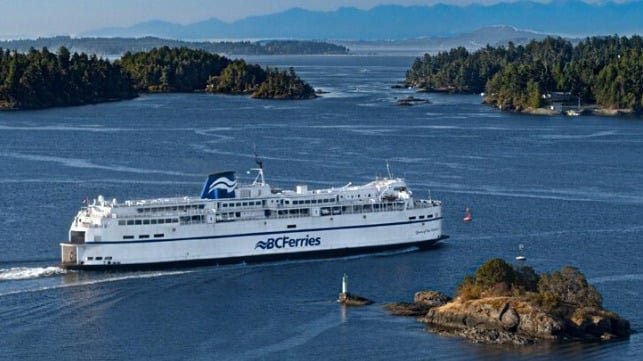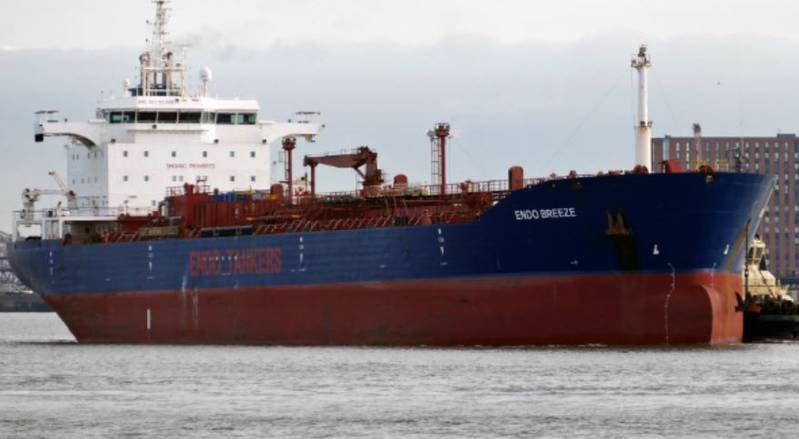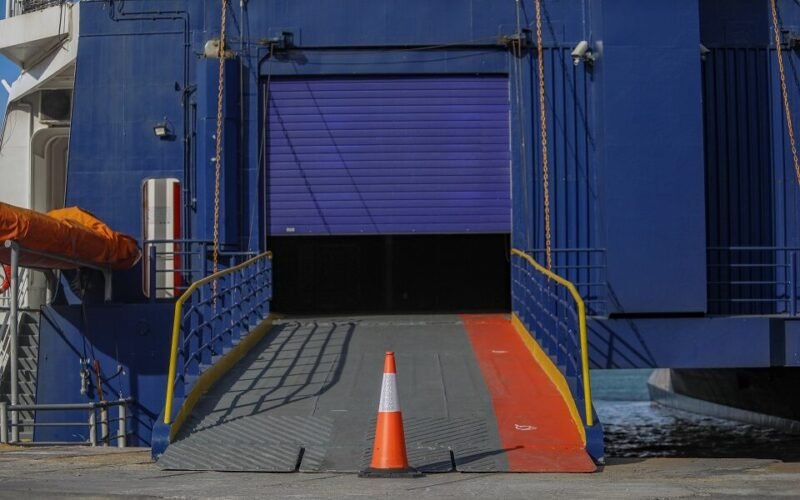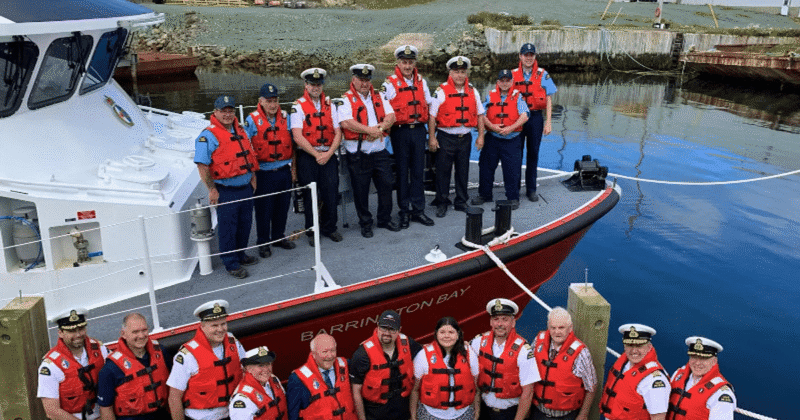BC Ferries in Canada is facing challenges with its aging fleet, particularly after one of its flagship vessels, the 60-year-old Queen of New Westminster, lost its propeller. This incident led to service cancelations at the end of a busy summer season. The ferry operator, known as one of the largest in the world, is struggling to manage one of the oldest fleets still in operation. Despite ongoing efforts to address maintenance issues, the aging vessels are presenting significant operational hurdles for BC Ferries.
The Queen of New Westminster, which can carry over 1,300 passengers and 250 cars, sails between Victoria and Vancouver. Divers discovered that one of the vessel’s propellers had sheared off from its propulsion shaft, resulting in the ferry being forced into an unscheduled shipyard visit for repairs. The vessel also leaked 800 liters of hydraulic oil when the propeller broke away, although BC Ferries claims it is a light oil that disperses quickly. This incident highlights the challenges of operating aging vessels that require regular maintenance and repairs.
BC Ferries recently recorded its busiest summer season in its 64-year history, with over five million passengers and two million vehicles traveling on the ferry network in June and July. The operator has acknowledged the difficulties of managing an aging fleet but is focused on minimizing customer impact while planning for future demand. To address the increasing frequency of mechanical issues, BC Ferries is implementing a comprehensive vessel renewal strategy that includes introducing new major vessels and expanding the fleet size. Plans are underway to request proposals for seven new vessels with increased capacity to meet growing demand and ensure service reliability.


















